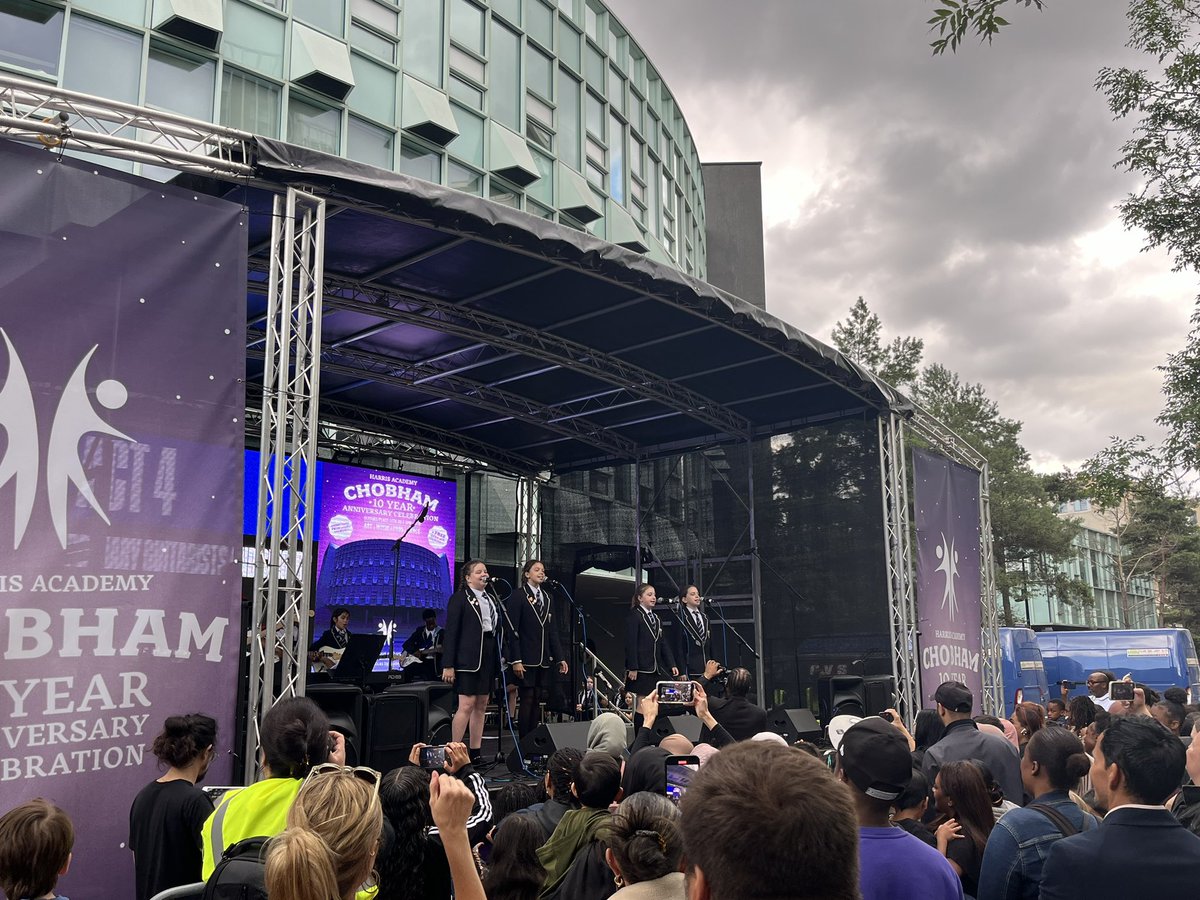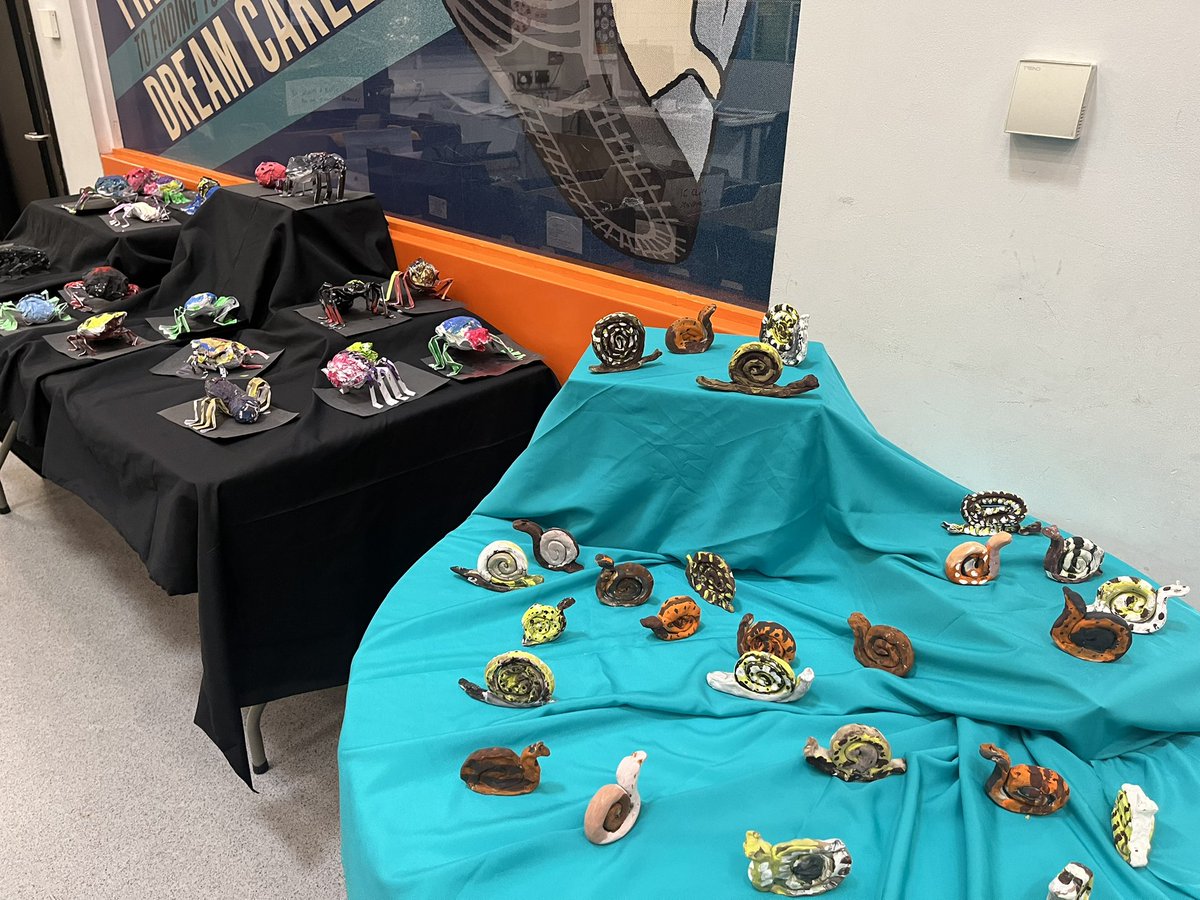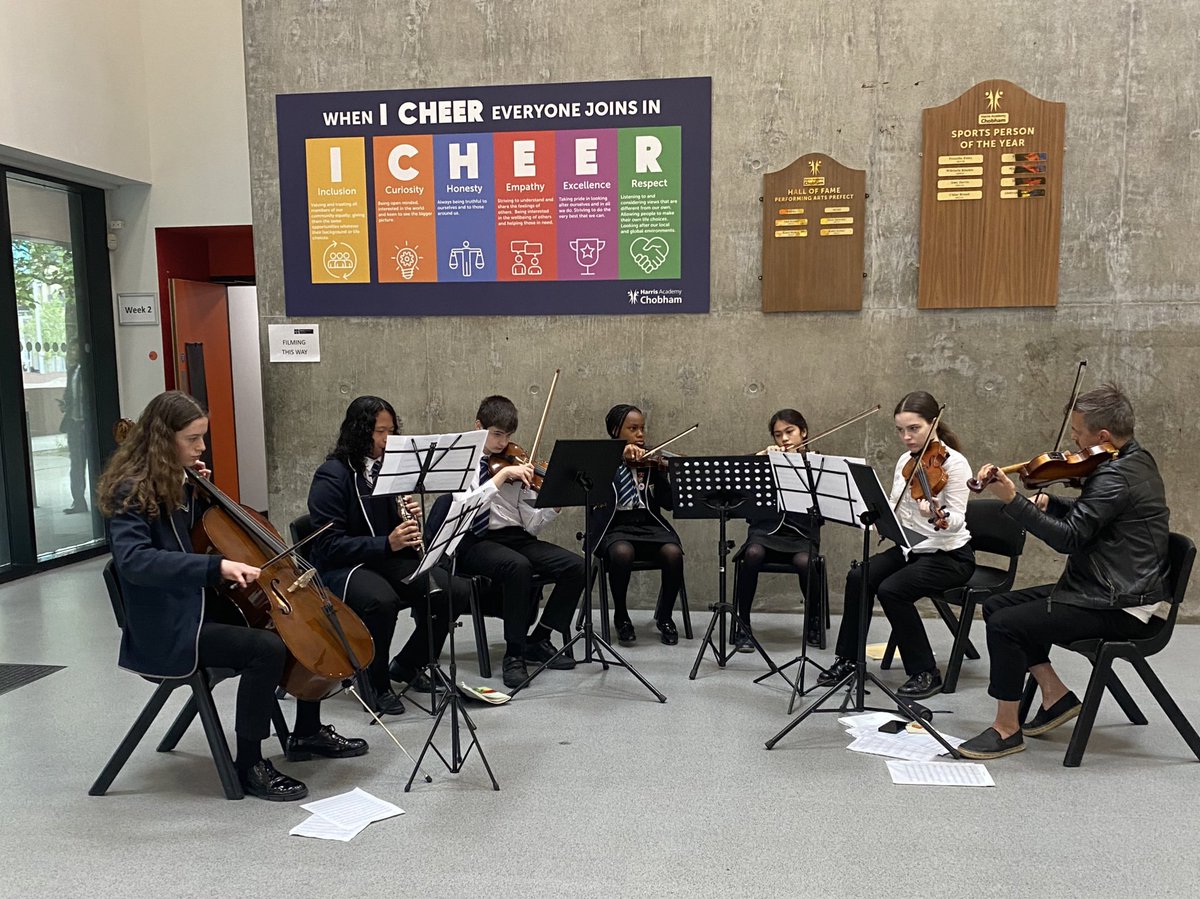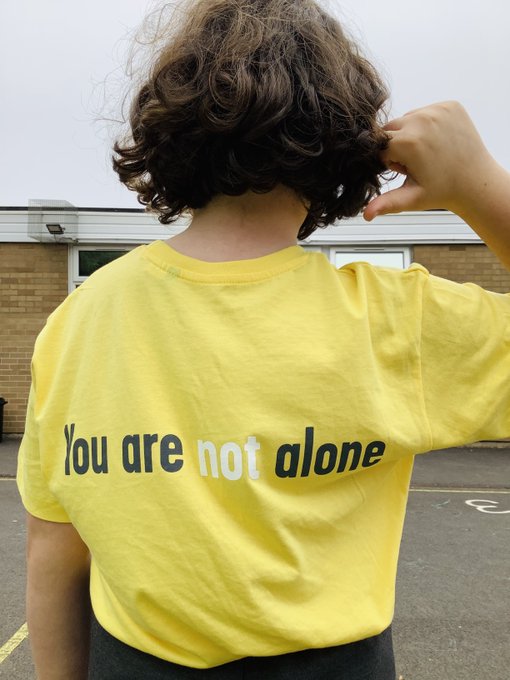Graphic Communications
A Level Graphic Communications (Edexcel 9GC0)
Aims
Graphic Communication is a constantly shifting and changing subject, responding to social change and attitude, linked with consumer senses and visual interface. Graphic Communication is a course based on creating visual meaning through the consumer market of Design and Technology to the visualisation of Art, by communicating solutions to image-based problems within a set of design constraints. You will work and produce designs suitable for commercial application such as advertising, packaging, logos/corporate identity, information graphics, digital photography and magazine design.
The full specification can be found on the Edexcel website: http://qualifications.pearson.com/en/qualifications/e dexcel-a-levels/art-and-design-2015.html
Content
A level in Graphic Communications encourages learners to:
- Develop, review and refine ideas.
- Analyse contextual and other sources to inform your investigations.
- Explore and select appropriate resources, media, materials, techniques and processes.
- Record your ideas, observations and insights.
- · present personal and meaningful responses.
The course encourages a broad approach, which allows you to develop a sound grounding in a number of areas while still exploring the subject in-depth. The subject specifications build on the skills, knowledge and understanding acquired by students taking Art and/or Design Technology at GCSE. It is expected that you will have developed sufficient understanding and skills for this program of study.
Component 1
Y12 Component 1: Personal Portfolio
Year 12: A-level Year 1 Component 1: Portfolio You will present one research project based on the theme ‘Fashion’. You will also join the Art, Craft & Design group for two art and design workshop days.
Component 2:
Year 12 Component 2: Personal Investigation
Component 2: Personal Investigation In the second project you will build upon the skills and processes that you have already learnt by exploring themes and ideas that interest you in response to the exam question paper.
Component 1:
Year 13 Component 1: Personal Portfolio (60% of A-level)
Year 13: A-level Year 2 Component 1: Personal Investigation (60% of A-level) During this year you will explore personal areas of enquiry or themes that interest you. You will be expected to show a greater range of understanding and creative skills building upon your prior learning in Year 12 and produce a written research-based project that supports your practical design work.
Component 2:
Year 13 Component 2: Externally Set Assignment (40% of A-level)
Component 2: Externally Set Assignment (40% of A-level) By this point you will have developed a set of practical skills and be able to produce an accomplished exhibition of practical artwork. You will receive a question paper in February and will use your preparation time to build upon the skills and processes that you have already learnt by exploring themes and ideas that interest you in response to the exam board question paper. You will produce a piece or pieces of work over a 15-hour exam.
Assessment
Assessment objectives and weightings
Below are the assessment objectives for this specification.

Grading, awarding and reporting
A level qualifications are reported as a grade from A* to E. Results not attaining the minimum standard for the award will be reported as U (unclassified).
Graphic Design A-level and beyond
Graphic Communication can lead to many exciting opportunities for further study at university, areas include: interactive design, web design, advertising, graphic design, packaging design, illustration, photography, film and TV, animation, editorial design, typographic design, corporate design, exhibition design and book design. It can also benefit and enhance other creative areas such as: product designers, artists, writers, film-makers and 3D designers

















